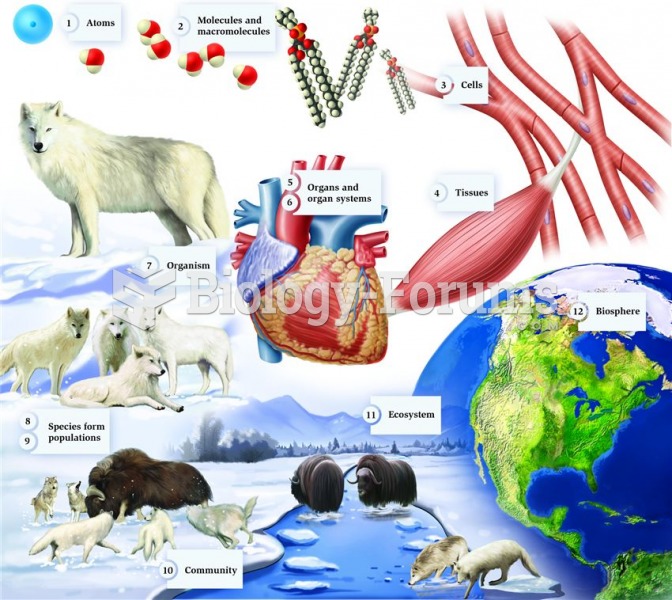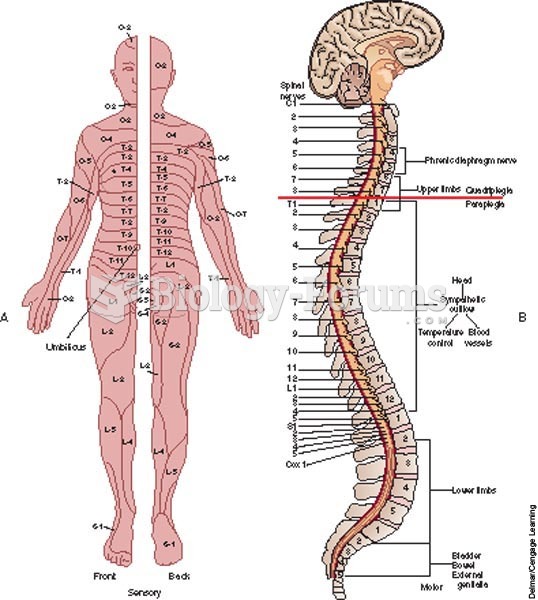Answer to Question 1ANSWER: (1) Mouthing: Indiscriminate mouthing of materials. (2) Simple manipulation: Visually guided manipulation at least 5 seconds in duration that cannot be coded in any other category. (3) Functional: Visually guided manipulation that is particularly appropriate for a certain object and involves the intentional extraction of some unique piece of information. (4) Relational: Bringing together and integrating two or more materials in an inappropriate manner, that is, in a manner not initially intended by the manufacturer.
(5) Functional-relational: Bringing together and integrating two objects in an appropriate manner, that is, in a manner intended by the manufacturer. (6) Inactive naming: Approximate pretense activity but without confirming evidence of actual pretense behavior. (7) Pretend self: Pretense behavior directed toward self in which pretense is apparent. (

Pretend other: Pretense behavior directed away from child toward other. (9) Substitution: Using a meaningless object in a creative or imaginative manner or using an object in a pretense act in a way that differs from how it has previously been used by the child. (10) Sequence pretend: Repetition of a single pretense act with minor variation or linking together different pretense schemes. (11) Sequence pretend substitution: Same as sequence pretend except using an object substitution within sequence. (12) Double substitution: Pretense play in which two materials are transformed, within a single act, into something they are not in reality.
Answer to Question 2ANSWER: (1) stability, (2) locomotion, and (3) manipulation. At around six weeks, infants begin to hold their heads steady and erect. By two months, they lift their upper bodies by their arms and can roll from side to back. From three to four months, babies begin grasping palm-size objects and can roll from back to side. From six to eight months, they can sit alone and begin to crawl. Between eight and ten months, babies pull up to stand and perhaps play patty cake. At this time they begin to stand alone, and then begin to walk. From 13 to 16 months, children can build a tower of two cubes, vigorously scribble with a large crayon, and begin to walk up stairs with help. At around 20 to 24 months, toddlers begin to jump in place and kick objects. By 26 to 30 months, children begin to climb, stand on one foot, and have some interest in toilet learning. Usually at around 36 months, the child can jump and independently use the toilet.







